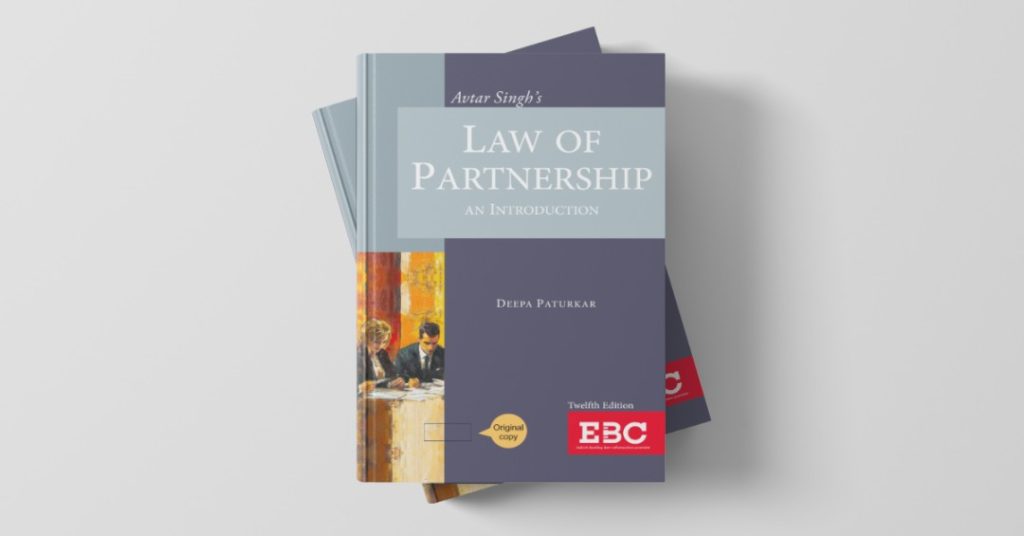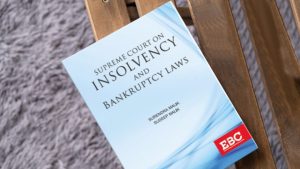
In the world of business law, the terms dissolution of a partnership and dissolution of a firm are often used interchangeably. However, legally speaking, they refer to two distinct concepts under the Indian Partnership Act, 1932. Understanding this difference is crucial for partners, lawyers, and business owners alike, as it affects how the business is wound up and the rights and liabilities of the partners involved.
What is a Partnership and a Firm?
Before diving into dissolution, it’s important to understand the basic terms:
- Partnership refers to the relationship between two or more persons who agree to share profits and losses of a business carried on by all or any of them acting for all.
- Firm is the name under which the partnership business is conducted.
In simple terms, the partnership is the relationship, and the firm is the business entity created by that relationship.
Dissolution of a Partnership: What Does It Mean?
Dissolution of a partnership occurs when there is a change in the relationship between the partners. This could happen due to:
- Retirement or death of a partner,
- Admission of a new partner,
- Expulsion of a partner, or
- Any other reason that alters the original partnership agreement.
However, this change does not necessarily end the business. The partnership may continue with the remaining or new partners.
Key Points:
- The partnership dissolves, but the firm may continue.
- It involves change in partners’ relationship.
- It may or may not affect the business continuity.
Dissolution of a Firm: What Does It Mean?
On the other hand, dissolution of a firm means the complete closure or termination of the business entity. When a firm is dissolved, the business operations stop, and the assets are liquidated to pay off debts. The remaining capital, if any, is distributed among the partners.
Causes of Dissolution of a Firm:
- Expiry of the term agreed upon in the partnership deed,
- Completion of the venture for which the firm was formed,
- Mutual agreement among all partners,
- Insolvency of a partner or the firm,
- Court order on grounds specified in the Partnership Act,
- Death or insolvency of a partner (in certain cases).
Legal Provisions: Partnership Act, 1932
- Section 39 defines dissolution of a firm as the dissolution of the partnership.
- Section 40 explains that dissolution terminates the mutual rights and duties between partners concerning the firm business.
- The act differentiates between dissolution of partnership (change in partnership relation) and dissolution of firm (ending the business).
Key Differences Between Dissolution of Partnership and Dissolution of Firm
| Aspect | Dissolution of Partnership | Dissolution of Firm |
|---|---|---|
| Meaning | Change in relationship between partners | Complete closure of the firm/business |
| Effect on Business Continuity | Business may continue with remaining/new partners | Business is terminated |
| Parties Involved | May involve one or more partners | Involves all partners |
| Legal Consequence | Partnership dissolves but firm may continue | Firm is dissolved and wound up |
| Example | Partner retires or new partner admitted | Firm closes after completion of project |
Why Does the Distinction Matter?
Understanding the distinction is critical because it affects:
- Liabilities: After dissolution of partnership, remaining partners may continue business and liabilities; after firm dissolution, liabilities are settled and firm ceases.
- Business Continuity: Dissolution of partnership doesn’t necessarily mean the end of the business, whereas dissolution of the firm definitely means business closure.
- Legal Proceedings: Different legal steps are required for winding up the firm as opposed to just altering the partnership arrangement.
While both dissolution of a partnership and dissolution of a firm signify changes in business, they are fundamentally different in legal terms. The former is about changing partnerships without necessarily stopping business operations, and the latter refers to the ending of the business entity altogether. Clarity on this helps partners manage transitions smoothly and ensures legal compliance during restructuring or closure.
For a more detailed and authoritative study on partnership law, Avtar Singh’s Law of Partnership: An Introduction (authored by Deepa Paturkar) is an excellent resource. This book provides a comprehensive analysis of partnership concepts, including dissolution, under the Indian legal framework. It is widely regarded for its clarity and practical approach and can be explored further here
















